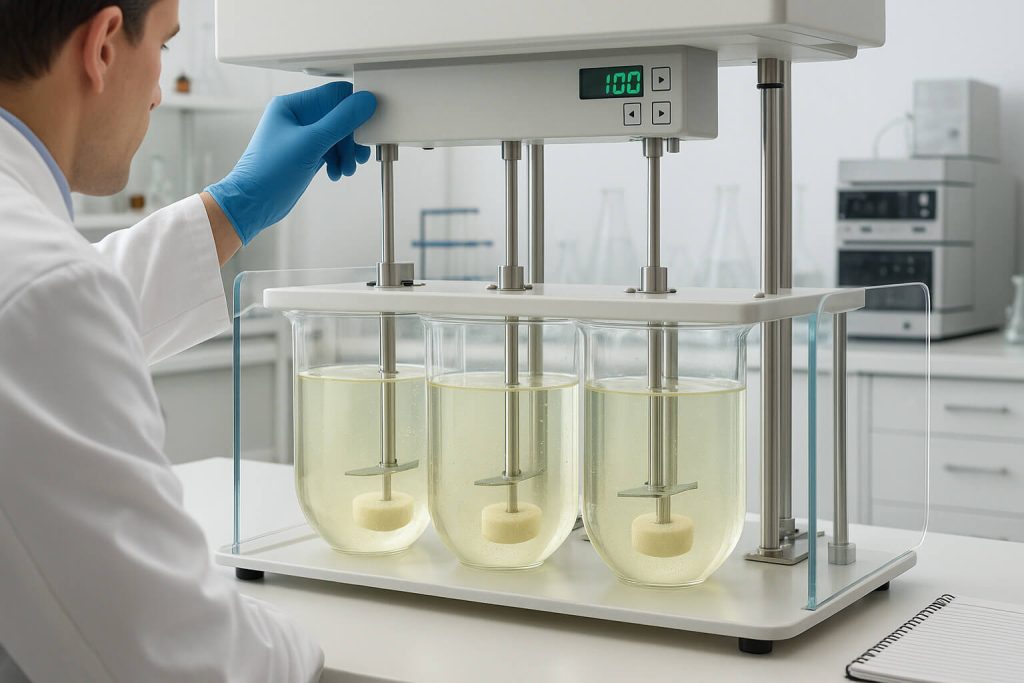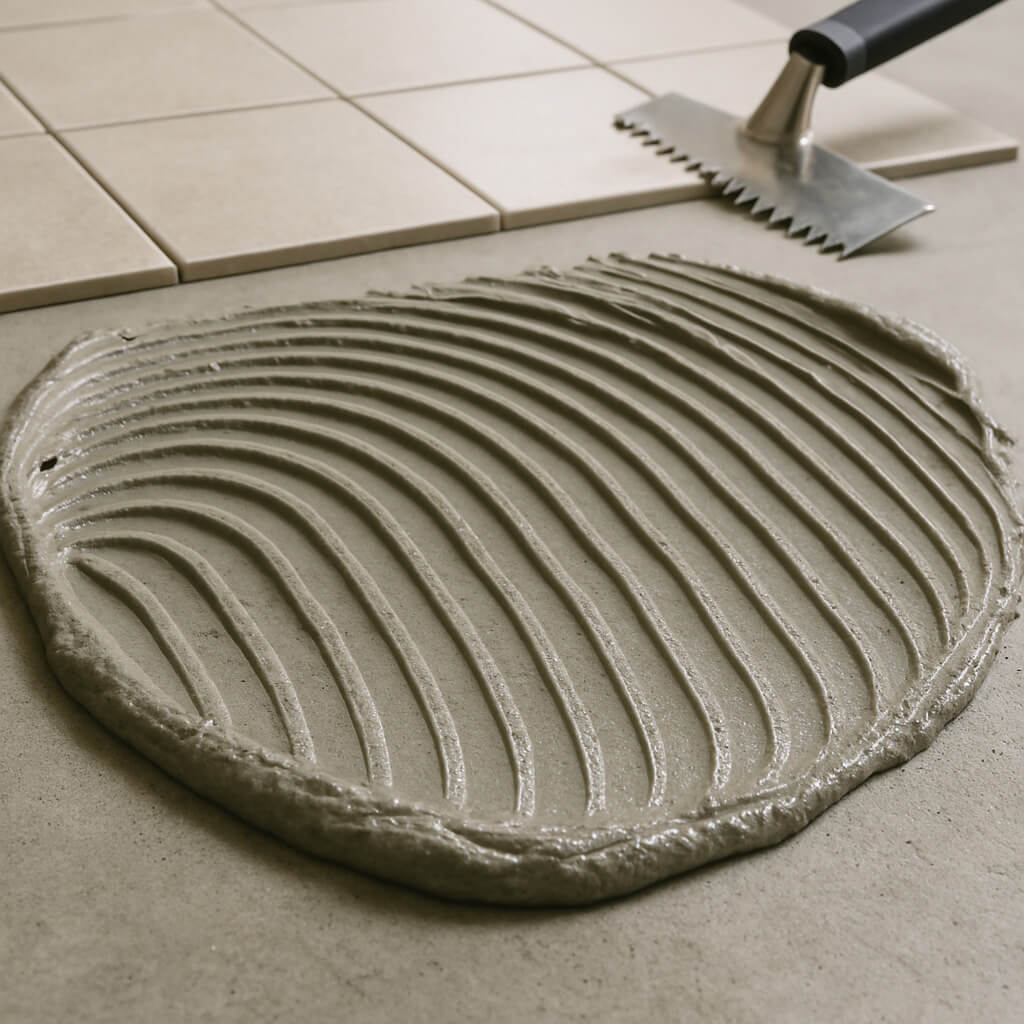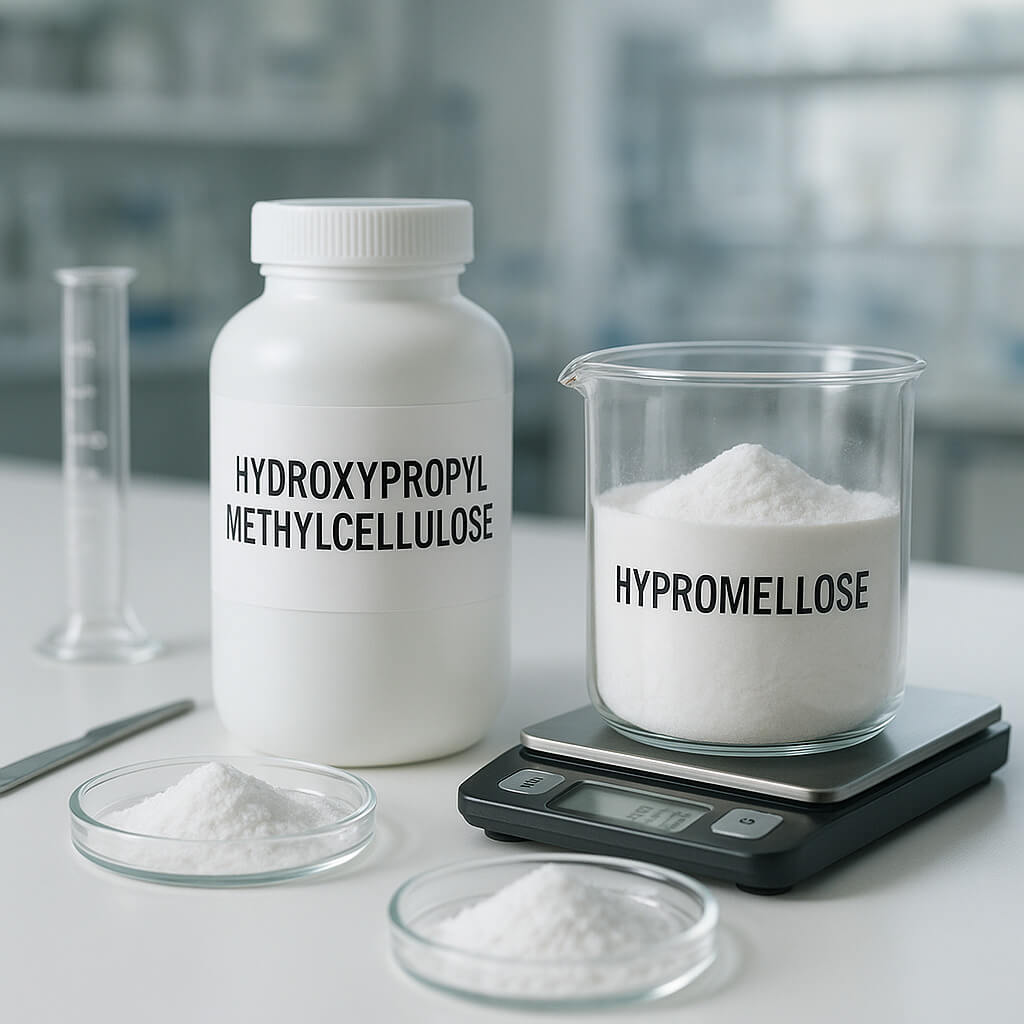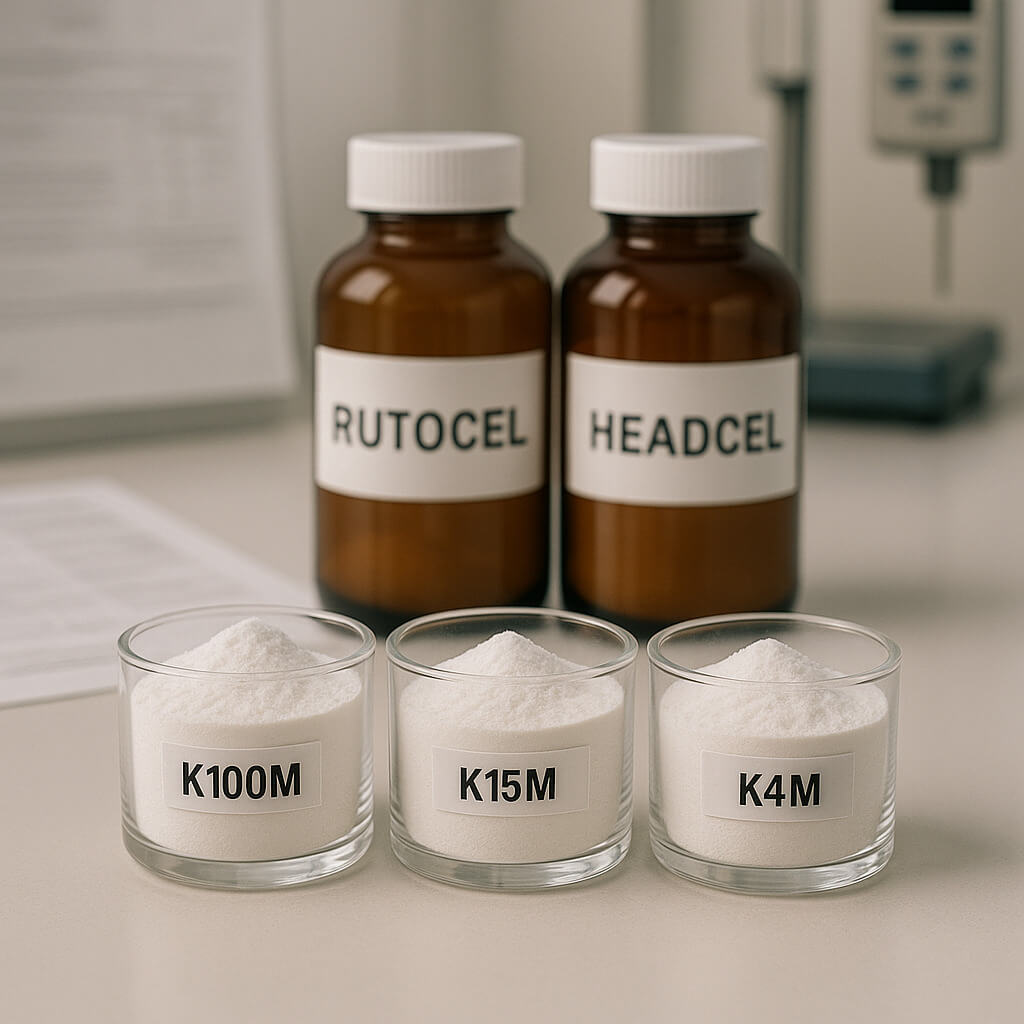Hydroxypropyl Methyl Cellulose (HPMC) has become a cornerstone excipient in modern pharmaceutical formulations, offering unique properties that address critical challenges in drug delivery. Pharmaceutical manufacturers often struggle with achieving consistent drug release profiles, maintaining stability, and improving bioavailability—problems that directly impact product efficacy and patient outcomes. HPMC provides a versatile solution to these challenges through its remarkable binding, film-forming, and controlled-release capabilities. With its well-established safety profile and regulatory acceptance worldwide, HPMC has proven its value across numerous successful commercial formulations, making it an essential consideration for pharmaceutical development teams seeking reliable, cost-effective excipient options.

1. What Makes HPMC A Preferred Excipient In Pharmaceutical Products?
Hydroxypropyl Methyl Cellulose (HPMC) stands out among pharmaceutical excipients due to its unique chemical structure and versatile properties. At its core, HPMC is a semi-synthetic polymer derived from cellulose, where some hydroxyl groups are replaced with methoxy and hydroxypropyl substituents.
But here’s what makes it truly special: HPMC offers a remarkable combination of properties that few other excipients can match. Its hydrophilic nature allows it to form a gel layer when in contact with water, creating an effective diffusion barrier that controls drug release rates.
When compared to other cellulose derivatives such as methylcellulose (MC), ethylcellulose (EC), or hydroxypropylcellulose (HPC), HPMC demonstrates superior performance in several key areas.
| Свойство | ГПМЦ | Метилцеллюлоза | Этилцеллюлоза | Hydroxypropylcellulose |
|---|---|---|---|---|
| Растворимость в воде | Высокий | Высокий | Низкий | Высокий |
| Термическое гелеобразование | Да | Да | Нет | Ограниченный |
| pH Stability Range | 3-11 | 3-11 | 3-11 | 2-11 |
| Film-forming Ability | Отличный | Хороший | Отличный | Хороший |
| Controlled Release Capability | Отличный | Умеренный | Отличный | Умеренный |
The regulatory status of HPMC provides another significant advantage for pharmaceutical manufacturers. It is recognized as Generally Recognized as Safe (GRAS) by the FDA and is included in the FDA Inactive Ingredients Database. HPMC is also listed in multiple pharmacopeias worldwide, including the United States Pharmacopeia (USP), European Pharmacopoeia (Ph. Eur.), and Japanese Pharmacopoeia (JP).
The key advantages of HPMC in pharmaceutical applications include:
- Controlled drug release through gel matrix formation
- Enhanced stability for sensitive active ingredients
- Improved bioavailability for poorly soluble drugs
- Manufacturing efficiency with good flow properties and compressibility
2. How Does HPMC Enhance Drug Delivery Systems?
The effectiveness of pharmaceutical products depends significantly on how well they deliver active ingredients to their target sites. HPMC plays a crucial role in enhancing drug delivery systems through several mechanisms.
А вот и самая захватывающая часть: HPMC creates a dynamic hydration layer when exposed to aqueous environments in the body. This hydration process transforms the polymer into a gel matrix that acts as a diffusion barrier, controlling how quickly or slowly drug molecules are released from the formulation.
In controlled release formulations, when a tablet containing HPMC contacts gastrointestinal fluids, the outer layer hydrates to form a gel barrier. As this barrier gradually erodes, the drug diffuses through at a predictable rate, creating a consistent, prolonged release profile.
| Механизм выпуска | How HPMC Functions | Clinical Benefit |
|---|---|---|
| Diffusion Control | Forms gel barrier that regulates drug diffusion | Maintains consistent plasma levels |
| Erosion Control | Gradual dissolution of polymer matrix | Extends release duration |
| Swelling Control | Controlled expansion creates pressure gradient | Improves release uniformity |
| pH-Independent | Maintains integrity across GI tract pH range | Consistent performance regardless of GI location |
For matrix tablets, HPMC serves as the primary release-controlling polymer, creating a three-dimensional network that regulates drug release. The versatility of HPMC allows for the development of matrix systems with release profiles ranging from 6 to 24 hours, enabling once-daily dosing for improved patient compliance.
HPMC significantly contributes to bioavailability enhancement, particularly for poorly soluble drugs. By maintaining supersaturation states and inhibiting drug precipitation in the gastrointestinal tract, HPMC can increase the absorption of BCS Class II and IV drugs.
The bottom line is this: HPMC’s versatility in drug delivery systems allows pharmaceutical manufacturers to develop products with optimized therapeutic performance, reduced dosing frequency, and improved patient compliance.
3. What Technical Parameters Should You Consider When Selecting HPMC?
Selecting the appropriate HPMC grade for your pharmaceutical formulation requires careful consideration of several technical parameters that directly influence performance characteristics.
Вы можете быть удивлены, узнав, that the viscosity grade of HPMC is perhaps the most influential parameter affecting drug release kinetics. HPMC is available in a wide range of viscosity grades, typically measured in millipascal-seconds (mPa·s) of a 2% aqueous solution at 20°C, ranging from 3 mPa·s to over 100,000 mPa·s.
| Класс вязкости | Типичное применение | Release Duration | Прочность геля |
|---|---|---|---|
| Low (3-15 mPa·s) | Immediate release, coating | 0-2 hours | Низкий |
| Medium (15-4,000 mPa·s) | Modified release | 4-8 hours | Середина |
| High (4,000-15,000 mPa·s) | Пролонгированное высвобождение | 8-16 hours | Высокий |
| Ultra-High (>15,000 mPa·s) | Extended release | 16-24+ hours | Очень высокий |
Substitution type represents another critical parameter. The ratio of methoxyl to hydroxypropyl substituents significantly affects properties such as thermal gelation temperature, surface activity, and hydration rate. Common types include:
- HPMC 2208 (USP): Contains 19-24% methoxyl and 4-12% hydroxypropyl groups
- HPMC 2906 (USP): Contains 27-30% methoxyl and 4-7.5% hydroxypropyl groups
- HPMC 2910 (USP): Contains 28-30% methoxyl and 7-12% hydroxypropyl groups
Вот что вам нужно знать: Particle size distribution plays a crucial role in both manufacturing and final dosage form performance. Finer particle sizes generally hydrate more rapidly and provide more uniform gel formation, but may present flow challenges during manufacturing. Coarser grades offer better flow properties but may hydrate more slowly.
Moisture content and stability considerations cannot be overlooked. Standard commercial HPMC typically contains 3-5% moisture, affecting both polymer stability and interaction with other formulation components. Excessive moisture can accelerate drug degradation, particularly for moisture-sensitive active ingredients, while insufficient moisture may result in brittle polymers with poor binding properties.
By carefully evaluating these technical parameters, pharmaceutical formulators can select the optimal HPMC grade that balances processing requirements, release kinetics, and stability considerations for their specific application.
4. How Can HPMC Solve Common Formulation Challenges?
Pharmaceutical formulation development frequently encounters obstacles that can delay product launches or compromise therapeutic efficacy. HPMC offers solutions to many of these common challenges through its versatile properties.
What many formulators don’t realize is that HPMC can transform seemingly insurmountable solubility issues into manageable formulation pathways. Poor drug solubility remains one of the most persistent challenges in pharmaceutical development, with an estimated 70-90% of new chemical entities exhibiting low aqueous solubility.
| Solubility Enhancement Strategy | HPMC Mechanism | Typical Improvement Factor | Best For Drug Classes |
|---|---|---|---|
| Solid Dispersion | Prevents recrystallization | 2-10x | BCS Class II, IV |
| Particle Size Reduction Support | Prevents agglomeration | 1.5-3x | BCS Class II |
| Supersaturation Maintenance | Inhibits precipitation | 2-5x | Weakly basic drugs |
| Wettability Enhancement | Reduces contact angle | 1.5-2x | Hydrophobic compounds |
Stability concerns represent another significant challenge. HPMC contributes to formulation stability by creating protective barriers that modulate water uptake for moisture-sensitive drugs. Its film-forming properties enable protective coatings that shield active ingredients from environmental factors such as light, oxygen, and humidity.
Вот что важно понять: Drug release variability can significantly impact therapeutic outcomes, especially for medications with narrow therapeutic windows. HPMC helps manage this variability through its consistent gel-forming properties and predictable hydration kinetics.
Manufacturing difficulties often arise during scale-up from laboratory to commercial production. HPMC can help address these manufacturing challenges by:
- Improving powder blend cohesiveness as a dry binder
- Producing robust granules with good flow properties when used as a wet granulation binder
- Preventing sticking to punch faces during tablet compression
- Contributing to reproducible performance across manufacturing scales
Case studies from pharmaceutical manufacturers have demonstrated HPMC’s problem-solving capabilities:
- A BCS Class II antifungal drug formulated as an HPMC solid dispersion showed 340% increased bioavailability
- An HPMC coating provided sufficient protection for a moisture-sensitive antibiotic to meet two-year shelf-life requirements
- HPMC-based matrix tablets demonstrated the lowest variability (RSD <5%) for a cardiovascular drug with a narrow therapeutic window
5. What Are The Practical Applications Of HPMC Across Dosage Forms?
The versatility of HPMC extends across numerous pharmaceutical dosage forms, making it an invaluable excipient for diverse drug delivery applications.
You’ll be amazed to discover how HPMC transforms tablet coating processes and outcomes. As a film-forming agent, HPMC creates uniform, elegant coatings that mask unpleasant tastes, protect sensitive ingredients, improve swallowability, and modify drug release profiles.
| Тип покрытия | Сорт ГПМЦ | Функциональные преимущества | Типичные применения |
|---|---|---|---|
| Немедленный выпуск | Low viscosity (3-15 mPa·s) | Taste masking, Protection from moisture | Vitamins, Antibiotics, OTC products |
| Enteric | HPMC-AS (acetate succinate) | Acid resistance, Site-specific delivery | NSAIDs, Proton pump inhibitors |
| Расширенный выпуск | Medium-high viscosity (4,000+ mPa·s) | Контролируемый выброс препарата | Cardiovascular drugs, Antidiabetics |
| Compression Coating | High viscosity (15,000+ mPa·s) | Pulsatile release | Chronotherapeutic formulations |
In capsule formulations, HPMC offers significant advantages over traditional gelatin. HPMC capsules maintain integrity across a wider range of humidity conditions, making them suitable for hygroscopic or moisture-sensitive drugs. They exhibit minimal brittleness at low humidity and reduced cross-linking during storage, resulting in more consistent dissolution profiles.
Ophthalmic preparations represent another area where HPMC demonstrates exceptional utility. In eye drops, HPMC functions as a viscosity enhancer and lubricant, increasing ocular residence time and improving drug bioavailability.
The real game-changer is how HPMC enhances topical and transdermal delivery systems. In these applications, HPMC serves as a gel-forming agent, film former, and release modifier. Topical formulations containing HPMC exhibit improved spreadability, skin adhesion, and drug release characteristics.
Beyond these major applications, HPMC finds utility in numerous other dosage forms, including orally disintegrating tablets, nasal sprays, 3D-printed pharmaceuticals, and microencapsulation. This breadth of applications underscores HPMC’s position as a cornerstone excipient in modern pharmaceutical development.
6. How Does HPMC Compare To Alternative Excipients In Cost-Effectiveness?
When selecting excipients for pharmaceutical formulations, cost considerations must be balanced with performance requirements. HPMC offers a compelling value proposition when compared to alternative excipients.
What many procurement managers overlook is that the true cost-effectiveness of an excipient extends far beyond its purchase price. A comprehensive assessment must consider manufacturing efficiency, regulatory advantages, stability benefits, and therapeutic performance.
| Excipient Type | Relative Raw Material Cost | Multifunctionality | Excipient Reduction Potential | Overall Cost Impact |
|---|---|---|---|---|
| ГПМЦ | Умеренный | Высокий | Significant | Favorable |
| Polymethacrylates | Высокий | Умеренный | Ограниченный | Умеренный |
| Polyvinylpyrrolidone | Умеренный | Умеренный | Умеренный | Умеренный |
| Этилцеллюлоза | Высокий | Низкий | Ограниченный | Unfavorable |
| Starch Derivatives | Низкий | Низкий | Минимальный | Переменная |
Manufacturing efficiency improvements represent another dimension of HPMC’s cost-effectiveness. The excellent flow properties and compressibility of certain HPMC grades facilitate direct compression manufacturing, potentially eliminating wet granulation steps that require additional equipment, energy, time, and validation efforts.
A case study from a generic pharmaceutical manufacturer illustrated how switching from a complex multi-polymer controlled release system to an optimized HPMC matrix reduced manufacturing time by 35% and lowered production costs by 28%, while maintaining bioequivalence to the reference product.
The financial impact becomes clear when considering the regulatory approval advantages of HPMC. As a well-established excipient with GRAS status and inclusion in all major pharmacopeias, HPMC typically faces fewer regulatory hurdles compared to novel excipients or those with limited usage history.
Beyond direct cost considerations, HPMC offers therapeutic advantages that translate to economic benefits for healthcare systems and patients. Controlled-release formulations using HPMC can reduce dosing frequency, potentially improving patient adherence and therapeutic outcomes, resulting in fewer treatment failures and hospitalizations.
When assessed across multiple dimensions, HPMC frequently emerges as a cost-effective choice that balances economic considerations with performance requirements. Its versatility, reliability, and established regulatory status make it an attractive option for pharmaceutical formulators seeking to optimize both product performance and economic efficiency.
Заключение
Hydroxypropyl Methyl Cellulose (HPMC) has established itself as an essential excipient in modern pharmaceutical formulations, offering unparalleled versatility across diverse applications. Throughout this article, we’ve examined how HPMC’s unique chemical structure enables it to address critical formulation challenges, from controlling drug release profiles to enhancing bioavailability of poorly soluble compounds. Its exceptional stability, regulatory acceptance, and compatibility with manufacturing processes make it a preferred choice for pharmaceutical developers seeking reliable performance. The technical parameters of HPMC provide formulators with precise control over drug delivery characteristics, allowing customization for specific therapeutic needs. When compared to alternative excipients, HPMC consistently demonstrates superior cost-effectiveness when considering total formulation costs, manufacturing efficiency, and therapeutic benefits. For pharmaceutical manufacturers navigating the complex landscape of excipient selection, HPMC represents a proven solution that balances functionality, regulatory compliance, and economic considerations.
Раздел часто задаваемых вопросов
Q1: What grades of HPMC are most suitable for sustained-release formulations?
When developing sustained-release formulations, high viscosity grades of HPMC (typically 4,000-100,000 mPa·s) are most suitable. These grades create robust gel barriers that effectively control drug diffusion over extended periods. HPMC 2208 (USP) with its higher hydroxypropyl content is particularly effective for sustained-release applications due to its superior gel strength and consistent hydration properties. For drugs requiring 12-24 hour release profiles, ultra-high viscosity grades (>15,000 mPa·s) provide the necessary diffusion control. The optimal grade selection should be based on the target release duration, drug solubility characteristics, and dose requirements.
Q2: Can HPMC be used in combination with other polymers?
HPMC demonstrates excellent compatibility with numerous other polymers, creating opportunities for synergistic formulation benefits. Common polymer combinations include HPMC with ethylcellulose to modulate release kinetics, HPMC with carbomers to enhance mucoadhesive properties, and HPMC with polyvinylpyrrolidone to improve solubility enhancement effects. These combinations can achieve release profiles or functional properties that would be difficult to attain with a single polymer. For example, combining low and high viscosity HPMC grades can create biphasic release profiles with both immediate and extended-release phases.
Q3: How does temperature affect HPMC performance in pharmaceutical formulations?
Temperature significantly influences HPMC behavior in pharmaceutical formulations through its unique thermal gelation properties. Unlike most polymers that become more soluble at higher temperatures, HPMC solutions exhibit inverse solubility, forming gels when heated above their thermal gelation temperature (typically 70-90°C, depending on the grade). This property affects both manufacturing processes and drug release performance. During production, heating HPMC solutions above the gelation temperature can cause precipitation, potentially affecting content uniformity. In drug delivery, the thermal stability of HPMC gel structures across physiological temperature ranges ensures consistent release profiles.
Q4: What quality control tests are essential when sourcing HPMC for pharmaceutical use?
When sourcing HPMC for pharmaceutical applications, several critical quality control tests must be performed to ensure consistent performance and regulatory compliance. Viscosity determination is perhaps the most important test, as it directly correlates with drug release performance. Substitution type verification through methoxyl and hydroxypropyl content analysis confirms the correct HPMC classification. Particle size distribution analysis ensures manufacturing consistency, while moisture content determination helps predict stability. Additional essential tests include heavy metals analysis, residual solvents testing, microbial limits testing, and identification tests as specified in pharmacopeial monographs.
Q5: How does HPMC contribute to patient compliance and treatment outcomes?
HPMC significantly enhances patient compliance and treatment outcomes through several mechanisms directly linked to its pharmaceutical functionality. By enabling extended-release formulations, HPMC reduces dosing frequency from 3-4 times daily to once or twice daily regimens, substantially improving adherence rates, particularly for patients on multiple medications or with cognitive impairments. The controlled release profiles achieved with HPMC minimize peak-trough fluctuations in plasma drug concentrations, reducing side effects associated with high peak levels while maintaining therapeutic efficacy. For drugs with gastrointestinal irritation potential, HPMC matrices provide gradual release that minimizes local concentration effects, improving tolerability.




